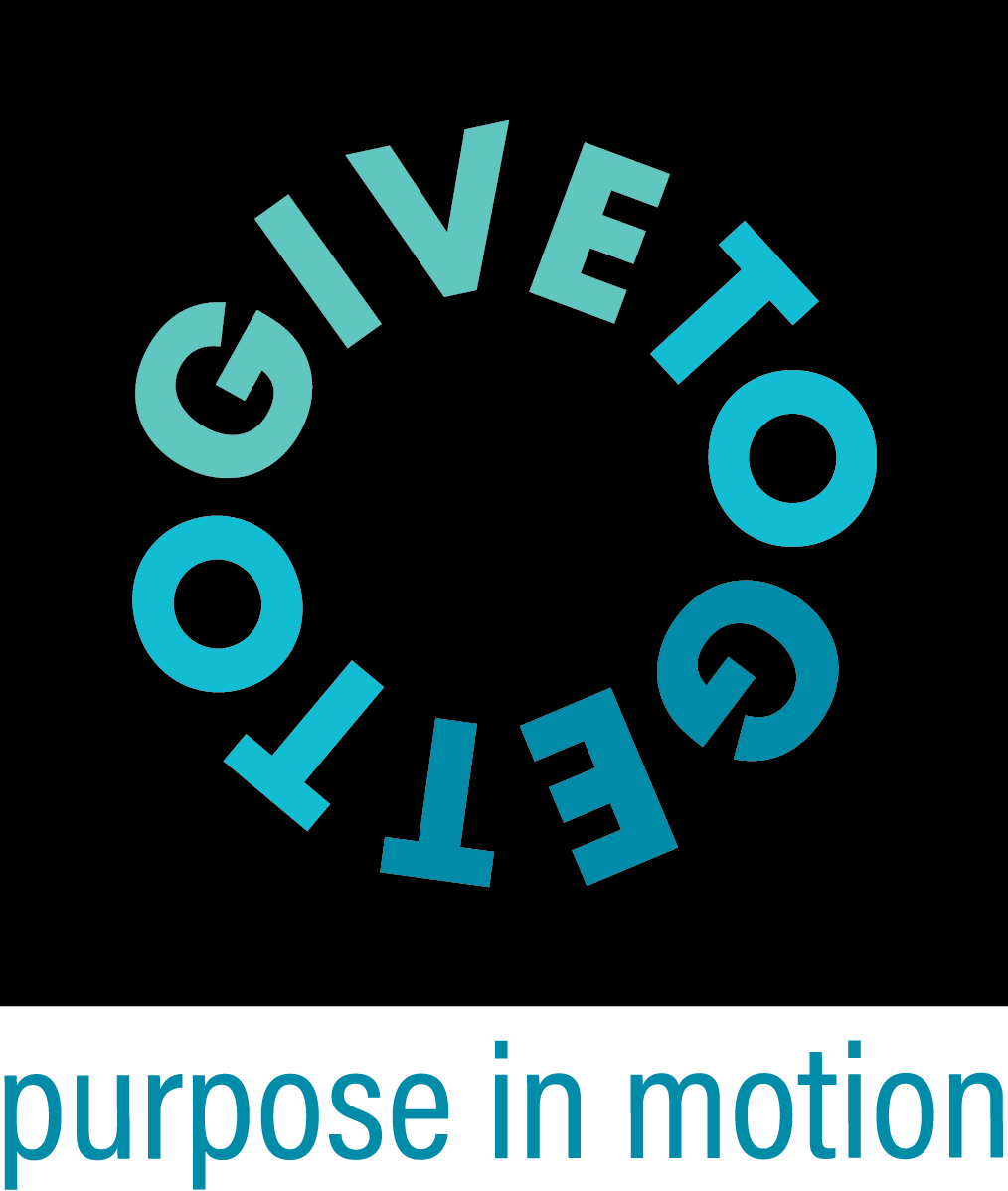Social Impact as Innovation
In her recent book, Reimagining Capitalism In A World On Fire, Rebecca Henderson lays out a key concept around shared value (which we expand more broadly to social impact and purpose). She rightly notes that this kind of work is an innovation for business, and more specifically, it is an architectural innovation. In her words, “Architectural innovations change the relationship between the components of a system — the system’s architecture — without changing the components themselves.”
Over the past 25 years, we have worked in the purpose business with multiple components within an enterprise — from brand marketing to human resources to philanthropy to public affairs to the c-suite. And while we have found ways to use social impact to improve the performance of those components, we have seen outsized impact when we can cross silos and find the common purpose between the components as well.
Our Compass Process is designed to find the bearing and direction for companies, large and small, to develop an enterprise-wide framework and roadmap that allows the components to work in union. How do we do that?
Define the Role
Before you can be true to whatever you are doing, you need to be clear on why you are doing it. This ‘why’ should be equal parts community and company benefit. If you have to lean one way or the other, community benefit always reflects company benefit. It never goes the other way.
The key here is to find the emotional resonance of the people within the company. Companies are communities of people trying to achieve a common goal. They aren’t a set of financial statements or slide decks. Nothing really happens until people feel something, so if the role you are defining isn’t connecting to what people are feeling about the company, it just won’t work.
Create a Framework
This is where we boil down the collective thoughts and ideas on what the role of the company could be into some choices. We first find ways to communicate the core proposition regarding the community purpose of the company. The key is to be clear in the direction of the effort but flexible in how you get there.
Success depends upon how much you can get others to push and activate around a common message at the margins. A good framework can guide actions and decision along the way so that the team knows what fits and what doesn't. It is as important to have a mechanism to decide what you will do and what you won’t do.
Build a Roadmap
This is where the rubber meets the road. Now that you have consensus on the framework, what are the milestones and how will you know if you get there? This is where many fall short because more choices need to be made. It is a lot easier to wrap up the process with a pithy framework statement.
The key is to work these ideas into the natural flow of the business. Align the work with key moments for leadership, customers and business cycles. Defined roles and responsibilities along with budget guidance will come out of a solid roadmap.
The only thing left to do is execute. Social impact work is not merely a thought exercise. As we noted above, it is an innovation in how the pieces of the enterprise connect to one another and to the communities in which it operates. How well companies put their purpose in motion is what separates and elevates some over others.
To explore further or request a case study, please contact us.

